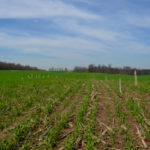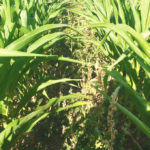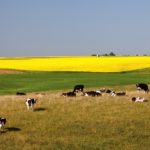
Perennial cereal rye 2.0
After setbacks with an earlier program, Lethbridge researchers are making progress in developing a dual-purpose grain and forage rye

Pest Patrol: Planning for cover crops
#PestPatrol with Mike Cowbrough, OMAFRA

What’s good about soil?
Soil health indicators often relate to properties that you can’t see

Weed control with small critters
Insects, birds and worms are a free – and resistance-free – method of controlling weeds before they get a chance to germinate

A change in equipment vs. a change in mindset
Refocusing attention on soil health is the driver behind newer technologies

Pest Patrol: Don’t be cheap with weed control
#PestPatrol with Mike Cowbrough, OMAFRA

Mixed farming without livestock
Integrated farming gives the grain producer the rotational benefit of a forage in the rotation, and the livestock producer the benefit of a feed supply

Avoiding another year of ‘snirt’
North Dakota farmers and researchers are finding success in controlling soybean field erosion by planting cover crops

Another cover crop bonus – winter grazing
This Ontario producer lets the cows do the work, meaning benefits for both him and his crop-growing neighbour

The building block of soil
Soil scientists are putting more focus on the value of organic matter for feeding important microbes and boosting moisture-managing capacity


